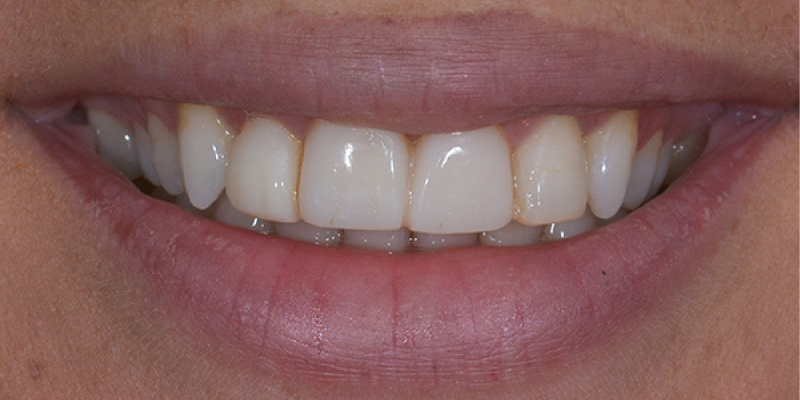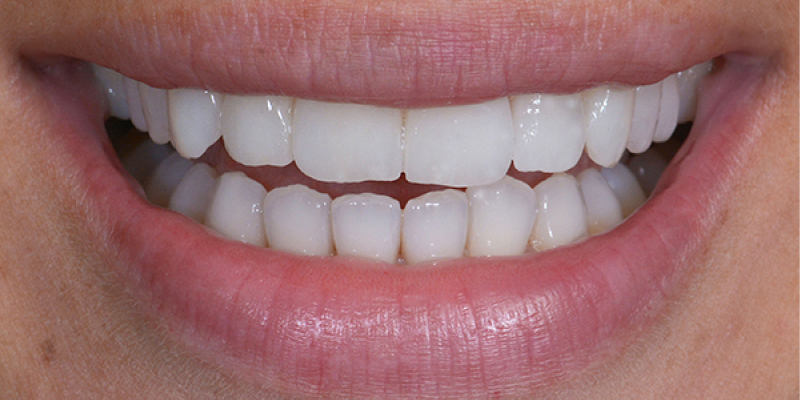Dental Veneers
applied without Anesthesia, without touching the Tooth, in only 2 Appointments
My Dental Veneers, applied without anesthesia and without touching the tooth in just 2 appointments, are made exclusively by hand and have a thickness that can vary from 0.1mm to 0.5mm. They are hand-painted one by one to replicate the same translucencies, transparencies, characteristics of the natural tooth and are made through the use of a platinum leaf, the only material that can support ceramic firing at very high temperatures and provides maximum fracture resistance as well as the ability to achieve such thin thicknesses.
Once applied, dental veneers become one with the tooth, cannot be felt or felt, and do not change daily hygiene and living habits in any way: they also do not require any replacement over time, and the color will not discolor or stain.

DO YOU NEED MORE INFORMATION?
BOOK
A CONSULTATION
The treatment
My technique for making veneers makes it possible in many cases not to have to touch the tooth, in fact we work without anesthesia, and if you want to tomorrow you can remove the veneers without causing any damage to the teeth.
Only two appointments are necessary: the first appointment will be for taking the precision impression through which the dental technician will make the veneers individually, one by one. Approximately 20 days later (the time needed to make the veneers), we will meet again to apply them; anesthesia will not be required at this appointment either.
Why do they apply?
Dental veneers are used on a tooth that is basically healthy but has cosmetic problems, including:


MY
RESULTS
perfect, but I do know that there is the
perfect smile for everyone.
